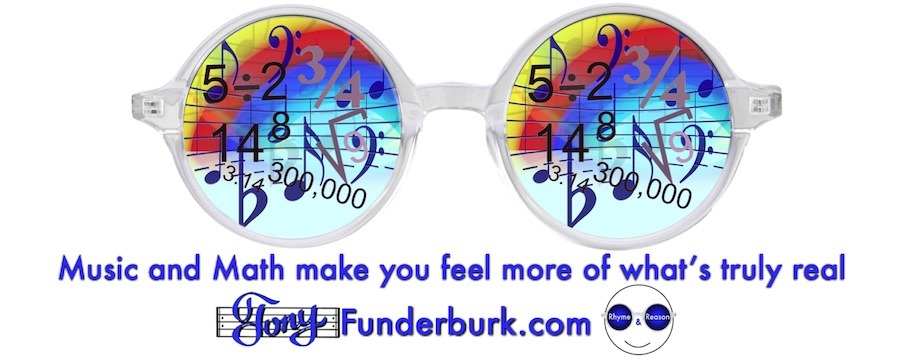Music and math – it all adds up
Way back in my school choir days I remember how much I enjoyed when we started learning about music dynamics. Because dynamics give music so much more emotion and depth. And in this digital age, a lot of those nuances are represented by numbers. So, you could say (in fact, I AM saying) music and math go together like logic and emotions.
Get The The Power of God's Love Podcast Delivered to Your Device Apple Podcasts | Spotify | Amazon Music | Android | Pandora | iHeartRadio | Podchaser | Podcast Index | TuneIn | Deezer | RSS | More
Music and math show up regularly in a music producer‘s world.
When I dig in to the editing sections of my recorded music, in my digital audio workstation (DAW for short) a lot of it comes down to numbers. For example, many dynamics are represented by letters like p or piano, which means “soft”. Or f which represents forte, and it means “loud”. But now, in a digital studio, it’s a matter of numbers from 1 to 127 which represent “velocity.” Somewhere around 20 to 40 would be soft. And somewhere around 70 to 90 would be loud.
Then all those subtle degrees of loudness or softness that are represented by letters become the other numbers.
And I love both methods. But for the sake of this topic, I’m focusing on the numbers. Sure, mezzo-forte and pianissimo sound much more poetic than 83 and 27. But it all boils down to connecting listeners to music on a much more emotional level. And it connects you so much more than just singing and playing at a single volume all the way through a song.
Yesterday I talked about the pythagorean theorem. And I showed how it uses obvious numbers to calculate areas. Well, Pythagoras is also apparently the one who discovered how the intervals between musical notes always have whole number ratios. At least if you want them to sound good. Because non whole number intervals tend to cause dissonance. Think of that as something rubbing you the wrong way. The dictionary defines it like this: “lacking harmony: irregular, dissonant chords.”
(By the way…Pythagoras was apparently a numerologist…a guy who basically worshiped numbers. Smart guy with no wisdom.)
So, even dissonance and harmony are based on music and math.
Intervals. Whole “number” ratios. That’s all math.
And when I’m writing a song, I’m always mentally keeping track of how many beats in the measure. How many measures in the line. The number of lines in the stanza. And even how many syllables per line, measure, or stanza. And when I get to a stopping point, it all adds up (See what I did there?) to a complete song.
I love music. And I love math.
And singing down a vocal path
That might feel like it goes nowhere,
But when it’s done, I find I’m there.
And every destination holds
A chance to see how life unfolds.
So, give me math and music, too,
And I will sing a song for you.
© 2020 Tony Funderburk
Stay tuned,
My books are also on Amazon.com or Apple Books
Grab some Merch
Or how about some music for kids
[mc4wp_form id=”14357″]
Don’t forget your RhymeTender on the way out. Feed the tip jar.




